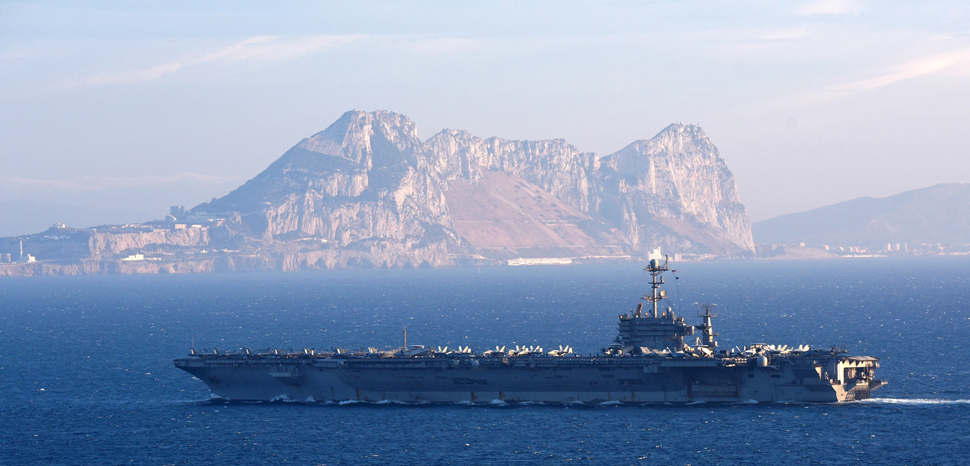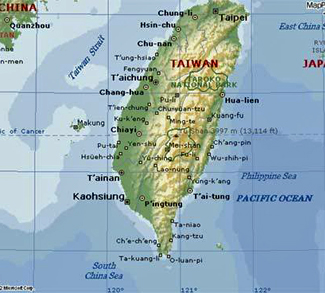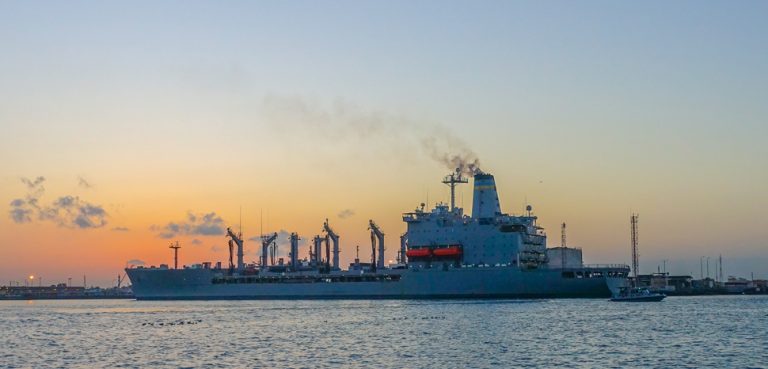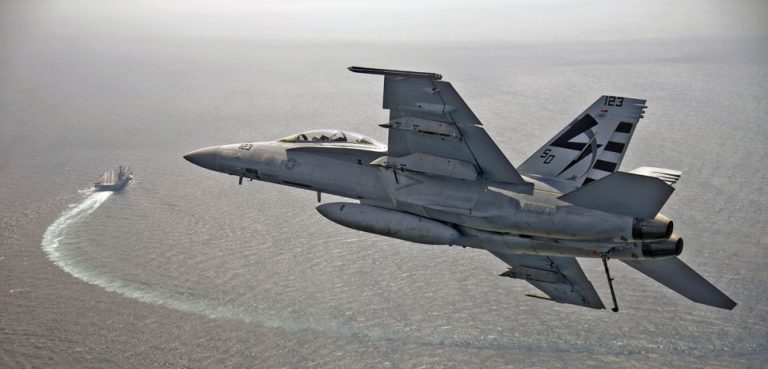The global COVID-19 pandemic has brought severe economic impacts to nations around the world. Even as countries struggle to deal with COVID-19, China continues to challenge established norms. Chinese naval assets have sailed through the Miyako Strait, and in response, the United States deployed ships to sail through the Taiwan Strait even as the US Navy is dealing with COVID-19, which has resulted in one aircraft carrier being diverted to Guam. While these actions by China can be seen as testing the military readiness of Japan, Taiwan, and the United States during this difficult period, it could also be aimed at drawing the United States toward imperial overstretch in the long-term.
In his book The Rise and Fall of the Great Powers, historian John Kennedy touched on the concept of imperial overstretch, when an empire extends itself to such a state as to be unable to sustain its commitments. While the United States is technically not an empire like the Roman Empire or the British Empire, the United States’ leadership position in the current international system makes it similar to these empires in a practical sense. At the same time, one strategic concept from Sun-tzu’s The Art of War is to win without fighting. How does it link to China actions? China has repeatedly claimed it does not seek to replace the United States in the international system. While this may sound like propaganda, there could be some truth in it if China’s strategy is to draw the United States into imperial overstretch: China will then need to avoid falling into that same trap. Instead of becoming the dominant power in all aspects, China’s approach is likely to be to prevent any nation from gaining such power. This will allow China to selectively assert its power to shape events and systems to its advantage as and when necessary without having to maintain the expensive cost of being the dominant power all the time. In this way, China’s goal is no longer a win-lose contest between China and the United States.
Not playing the zero-sum game means China does not need to be better than the United States; it just needs to undermine U.S. dominance. This makes drawing the United States into imperial overstretch an attractive option. It maintains the appearance of U.S. hegemony, but the United States’ inability to be at all places at all times undermines its credibility, thus providing space for China to move in and take a leading role. And this appearance can be maintained as long as China continues to buy U.S. bonds to fund U.S. spending – just enough to allow the United States to keep up appearances without actual effective dominance.
We saw the first signs of such a strategy after the bankruptcy of Lehman Brothers. In 2009, while the United States and the rest of the world were trying to recover from a global recession, China was actively staking its claims in the South China Sea, requiring a response from the United States and inevitably drawing away resources from economic recovery. More recently, China has been building up its naval capabilities including those for humanitarian assistance and disaster relief (HADR). China’s ability to stage HADR operations in the Asia-Pacific region poses this question: should the United States increase its deployments in the Asia-Pacific to prevent China from becoming the regional leader in HADR operations which may result in disaster-stricken nations becoming indebted to China? And at a time when the United States is dealing with a pandemic as the nation with the highest number of deaths from COVID-19, increased Chinese activity in the Asia-Pacific region only helps to reinforce this hypothesis of imperial overstretch.
Still, U.S. policy makers are neither blind nor ignorant, and will do what they can to avoid imperial overstretch. Reaching out to allies to share the burden of commitment is one way to maintain effective dominance at less cost to the United States. Such “coalition of the willing” initiatives working with partners toward a common objective can be effective in the near-term. For example, we see U.S. allies such as Canada conducting freedom of navigation operations in the Asia-Pacific region. Japan has also taken a more proactive stance in HADR exercises with nations in the region. Long-term sustainability, however, remains in question as it is uncertain if allies – who also face their own fiscal and domestic political issues – can maintain a higher level of operations should China choose to raise its level of activities. To prevent imperial overstretch, the United States will need to find a way to secure the long-term commitment of allies and like-minded partners and develop systems to share the burden of commitment even in times of heightened Chinese activity.
The views expressed in this article are those of the authors alone and do not necessarily reflect those of Geopoliticalmonitor.com or any institutions with which the authors are associated.




